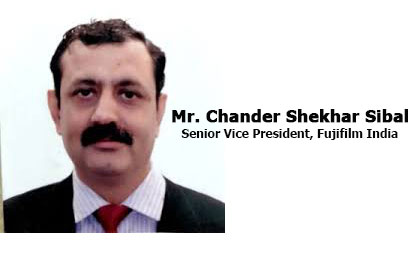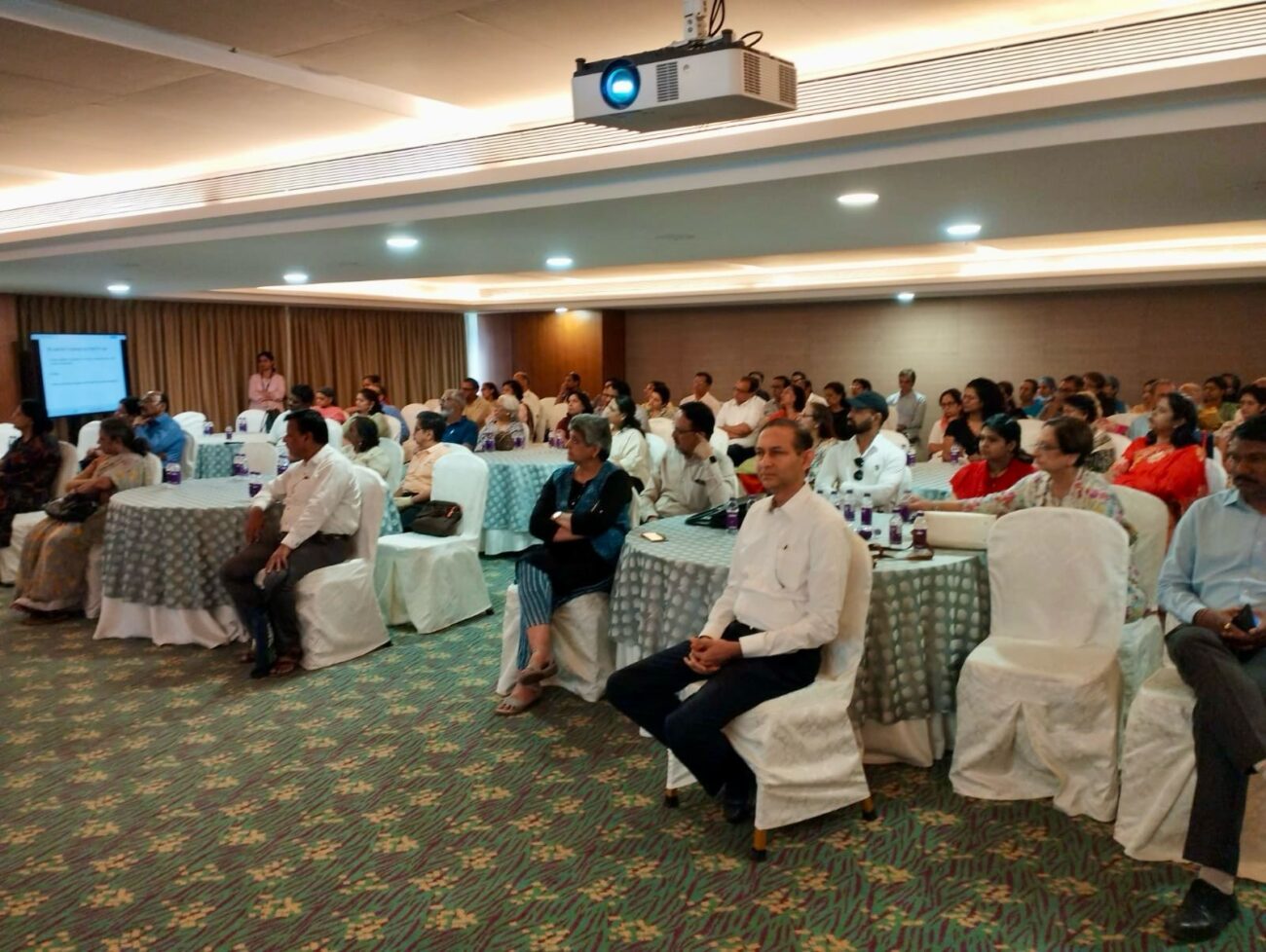Interview with Chander Shekhar Sibal, Head of MedicalDivision,Fujifilm India
Evolving Role of Radiology during and post COVID-19 The coronavirus pandemic has continued confronting healthcare workers around the world with unprecedented challenges. Besides struggling with exceptional situations, they have to guarantee care for patients simultaneously. As

Evolving Role of Radiology during and post COVID-19
The coronavirus pandemic has continued confronting healthcare workers around the world with unprecedented challenges. Besides struggling with exceptional situations, they have to guarantee care for patients simultaneously. As we tend to learn more about COVID-19, the way practitioners are processing and diagnosing the disease continues to evolve each day.
The use of technology is proving to be a great enabler of efficiency within the healthcare segment, one of which is radiology. The COVID-19 pandemic will essentially change healthcare systems and the radiology divisions specifically. It will fill in as an impetus for the improvement of more viable, effective and digitized care. The rapid advice guide recommended by WHO highlights the use of chest imaging equipment in examining acute care of adult patients in detecting COVID-19. Considering the various levels of the disease severity like from asymptomatic individuals to critically ill patients, the guide aims to address the care pathway from the presentation of the patient to a health facility to patient discharge.
With a noticeable shift surfacing in the world from prescriptive to preventive healthcare, access to quality healthcare is gathering greater importance than ever. The role of medical imaging in the initial diagnosis has rapidly evolved since the declaration of the pandemic by WHO. Confronted with a thriving number of cases, hospitals are not just preparing their staff in status readiness for the impact but also looking to their cutting edge imaging machines to help protect, detect and diagnose patient pathways. Computed Radiology, Digital Radiology systems and imagers are currently playing an important role in diagnosing COVID-19.
During these difficult times, social distancing is being carefully followed around the world and tele-radiology is playing a major role. Patients in remote locations can get the specialist’s recommendation with the assistance of telemedicine. Leading to minimal physical contact between doctors and patients.
The most common imaging tool used in COVID-19 is chest X-ray and chest CT scan which doesn’t need an on-site radiologist if standard protocols are followed. In situations like these, tele-radiology has acted as a hero with doctors being able to read their scans and give expert opinions even when they are self-quarantined. In India, we have machines in tier III regions and remote parts of the country, however, most radiologists are based in metros and tier two cities and tele-radiology connects that bridge between them. With an aim to make the diagnosis accessible, timely and affordable across India through quick and efficient service infrastructure. Fujifilm India is stepping up as a partner to support health care systems with machinery that delivers high-value care to patients and families.
We have seen that Radiology has always been one of the major focus areas for its cutting-edge digitization. In recent times, there has been an increasing demand for customized screening as per one’s specific healthcare requirements with the aid of up-to-date technology. Another new trend has been the aspiration to drive innovation forward with the ongoing advancements as AI-based solutions are more valid today than ever before. There is a critical need to increase knowledge about the new coronavirus amongst practitioners. With billions of people to screen and diagnose, the requirement of proper radiology setup, digitization tool and the right infrastructure is enormous in India. Due to the pandemic, the demand for radiologic services has been souring. Artificial intelligence fueled scans have had the potential to reduce this growing burden on radiologists, who must review and prioritize the patients accordingly.
In the coming time, we feel that AI-based solutions will have the potential to assist radiologists in their daily routine and bring the best possible care to their patients – even in the challenging times of this ongoing pandemic. The quick change and transformation of medical services frameworks as a reaction to the COVID-19 pandemic may likewise bring new possibilities and progressive arrangements that will last on a long-term perspective.





